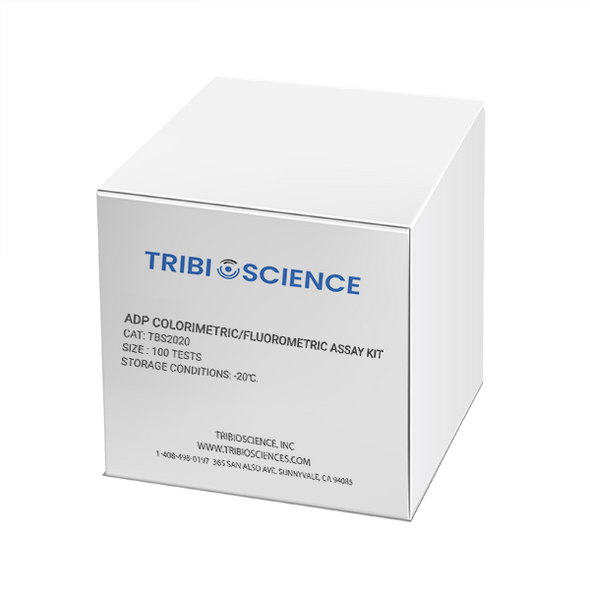Description
HDAC Fluorometric Assay kit | TBS2060
Histones are the chief protein components of chromatin. Modification of histone proteins through acetylation and deacetylation affects chromatin structure and regulates gene expression. Histone hyperacetylation is well correlated with increased transcription, whereas hypoacetylation correlates with transcriptional repression. Histone deacetylases (HDACs), catalyze the removal of acetyl groups from an N-acetyl lysine amino acid on a histone, generally resulting in transcriptional silencing. Histone deacetylases have been grouped into four classes. Class I (HDAC 1, 2, 3, 8) and Class II (HDAC 4, 5, 6, 7, and 9) are zinc-containing hydrolase’s enzymes. The third class of HDACs consists of the members of the sirtuin family of enzymes (Sir 1 to 7). Class IV includes only HDAC11. The TriboTM HDAC Activity Assay Kit provides a convenient, homogeneous procedure for measuring HDAC activity from various sources of enzyme. It provides quantification of HDAC activity using a fluorogenic substrate. In HDAC assay, an acetylated substrate is incubated with HDAC-containing samples. Deacetylation of substrate sensitizes it to the HDAC developer, generates the AMC (7-amino-4-methylcoumarin) fluorophore, which can be detected at Ex354nm/Em442nm. The substrate included in the kit is cell-permeable, and the assay can measure HDAC activity directly in cell culture in a 96-well plate without a time-consuming cell extraction step. The kit also can be used for HTS of HDAC inhibitors with extracts or purified enzymes.
Method:
Fluorometric
Storage Conditions:
Store the kit at –20™ protected from light. Shelf life: 12 months.






